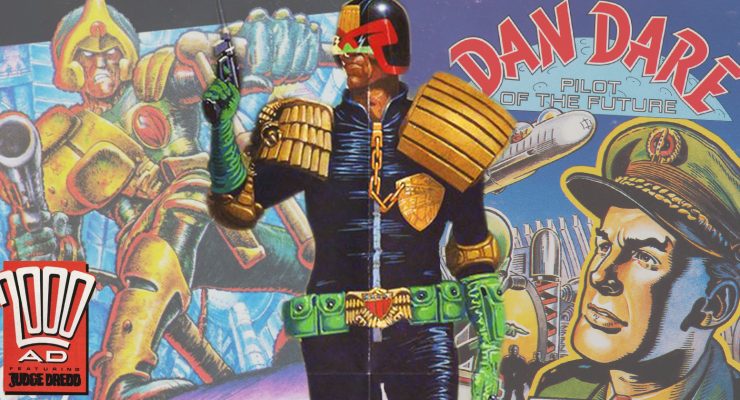In March, Valve released the Spectrum case that holds new skins for CS:GO. There are 17 new skins for the 17 weapons available in the game. The skins cover a spectrum of designs and colors: warm reds, oranges, yellows, cool blues, and purples. All create visually appealing effects.
Take the AK-47 Skin from the Spectrum Case, Bloodsport. It’s mainly colored red with details in white, highlighted with yellows and blacks. The Bloodsport is an attention-grabbing gun, and its rarity ensures that it’s most likely an expensive skin to sell or buy. On the other side of the spectrum, there’s the Akoben for the MP7, which has a combination of blue and yellow. The zebra-striped design isn’t as popular among the players and traders. Somewhere in the middle is the Oxide Blaze Skin for the Desert Eagle. Its simplicity and dull colors set it apart from the rest of the skins in the case.
To get the spectrum case, play the game on a VAC secured server. Regardless of ranks or whether the game is casual or competitive (win or lose) doesn’t matter. After a round finishes, there’s a chance to receive either a case or skin. Cases open with a key, which are bought from other players or at the official store. However, the Spectrum Case can only open with a special Spectrum Case Key.
Another way to obtain the case or skins is to buy them from other players online. All require a Steam account. By searching CSGO Trade, you’ll get some hits online. Be skeptical since it’s hard to figure out who’s honest or not on the Internet. Some player to player networks has scammers. Trading with caution is key. Even with the dubious scams, CSGO Trading has some sweet benefits. Players can buy skins with real money. Selling skins could be profitable. Rare and attractive skins sell for high prices, reaching hundreds of dollars. By reading and following the trends of CSGO Trading, anyone is capable of making some dough.









